Smart Cities
Overview
In this decade, technology forward, smart cities evolved to come close to the futures we were presented in Science Fiction. With advancements in technology and the availability of data and tools to city leadership and management teams, we are living in an era of technology leveraged to better constituents’ lives by empowering public services to better predict and respond.
Cities with governments that leverage this technology are often referred to as “Smart Cities”, but there isn’t a formal definition in order to qualify. Cities that do get categorized as a “Smart City” are typically an urban area that utilizes data collection and analysis, Information of Things (IoT), and information and communications technologies to better the lives of, and deliver services to, their population.
TOC:
Asia
- Dubai, United Arab Emirates
- Lahore, Pakistan
- Shanghai, China
- Singapore
- Smart Cities in India
- Taipei, Taiwan
- Amsterdam, Netherlands
- Barcelona, Spain
- Copenhagen, Denmark
- Dublin, Ireland
- Madrid, Spain
- Manchester, UK
- Milton Keynes, UK
- Stockholm, Sweden
- Columbus, Ohio
- New York City, New York
- San Leandro, California
- Santa Cruz, California
Why do Smart Cities Exist?
They exist to leverage technology and data to improve:
- Traffic management and transportation systems
- Power plants and power grid/delivery
- Utilities
- Water supply networks
- Waste management
- Crime detection and response
- Information systems
- Schools
- Libraries
- Hospitals
- And many more public services
Below is a list of some of the leading smart cities around the world and their active or planned “smart city” initiatives. While there are some common themes across the cities, there are uniquenesses as well. Discover more about smart cities, or rather, the cities of the future.
Amsterdam, Netherlands
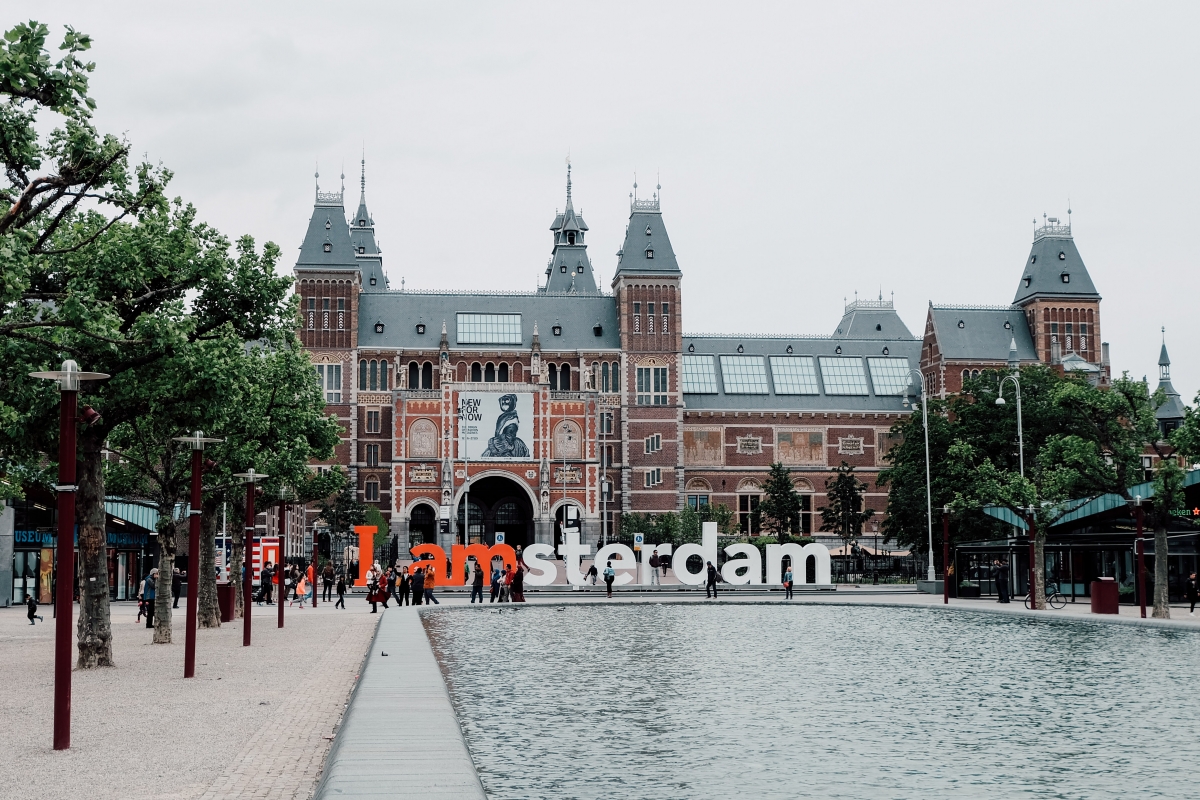
Population: 821,752
Size: 84.68 mi²
Amsterdam has become a major smart city. They’ve created a method to share data collected throughout the city in a central hub that is used by many groups and committees to work on a variety of other smart city initiatives. Further, they’ve open-sourced the data, so anyone can access it and add to the existing datasets. “By making Amsterdam’s city data open-source, the economic value that usually reserved for corporations is given back to the citizens to reinvest in new and innovative solutions to the city’s problems." 1
Projects
While there are dozens of projects currently happening in the city, projects are centered around a few main themes: 2
The goal of these projects is to improve the city’s infrastructure, make it more environmentally friendly, and increase the quality of life for the citizens.
Lahore, Pakistan
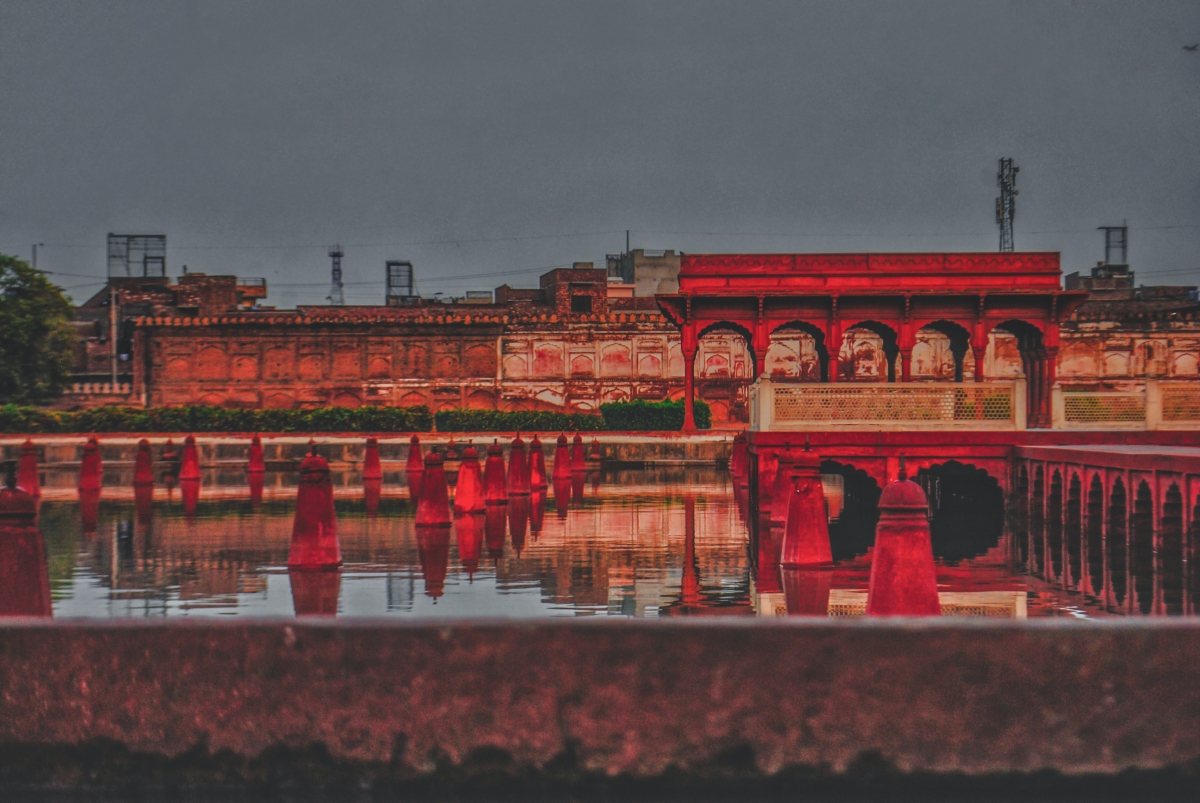
Population: 11.13 million
Size: 684 mi²
Lahore is the capital of Pakistan's Punjab province. It is the country's second-most populous city. City officials initiated something called “Punjab Safe Cities Project” in which the safety and protection of the citizens have become paramount. The project uses safe city cameras, mobile network fencing, and other technology. This new initiative has already helped quickly capture criminals guilty of planning attacks in the city. 3
Projects
- Safe City Project
- Uses safe city cameras, mobile network fencing, etc.
- Introduced e-Challans - increased ability and efficiency of sending traffic violation fines automatically to addresses. Resulted in more revenue for the city and more adherence to traffic laws.
- Authorities can monitor fires, open manholes, public protests, traffic congestion, rising smoke, hanging electric wires, accidents, and more, and take immediate action to resolve the danger. 4
Barcelona, Spain
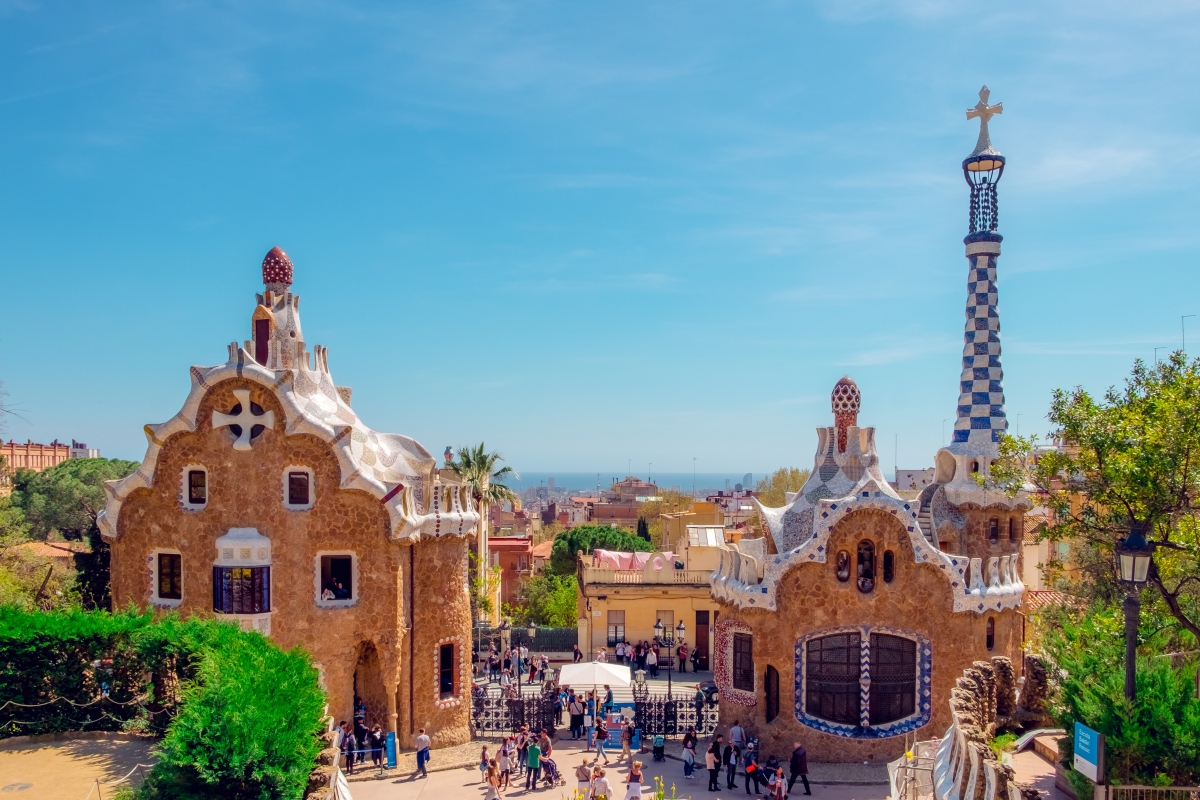
Population: 5.515 million
Size: 39.34 mi²
Barcelona has reinvented itself over the past 30 years. Technology has become a major tool used to improve Barcelona’s economy, industries, tourism, infrastructure, and more. 5
Projects
- High investments made in IoT for urban systems. This impacted a few key areas.
- Street Lights
- LED-based lights are more energy-efficient - lead to cost and energy savings
- Waste Disposal
- Smart bins which use vacuums to suck the waste underground. Reduces storage and the odor of trash, as well as noise during collection.
- City Bike System
- System of bikes with over 120,000 city-wide users. Helps reduce the number of cars circulating the city.
- Public Transportation
- Hybrid busses decrease emissions. Also incorporated smart bus shelters which use solar panels to power screens showing wait times, routes, etc.
- Noise Sensors
- Used to collect data on noise pollution in Plaza de Sol. Helped make an argument to rethink the use of the plaza.
- Irrigation Systems
- Installed various sensors which collected live data on humidity, temperature, wind, sunlight, and atmospheric pressure. This helps the city and local gardeners reduce water usage and save resources.
- Fab Lab
- Small-scale workshop labs offering personal digital fabrication and resources to the citizens. This helps promote smart city development by getting the community involved.
- Street Lights
Columbus, Ohio - United States

Population: 879,170
Size: 212.5 mi²
In 2016, Columbus won a nationwide Smart City challenge. As a result, they were awarded $40 million for city improvements from the U.S. Department of Transportation and $10 from Vulcan, Inc. According to the city’s website, they aim to use the funds to help drive economic growth, provide better access to jobs and ladders of opportunity, become a world-class logistics leader, and foster sustainability.
While this is still an on-going project, most of the focus has been on developing responsive, innovative and safe mobility solutions. They are improving access to transportation, jobs, education, healthcare, and healthy food for the city’s residents. The on-going projects fall within three main categories.
Projects
- Enabling Technologies
- Enhance the safety and mobility of the transportation infrastructure through a connected vehicle environment.
- Enhanced Human Services
- Focus on meeting human needs with technology.
- Multimodal Trip Planning Application and Common Payment System
- Smart Mobility Hubs
- Mobility Assistance for People with Cognitive Disabilities
- Prenatal Trip Assistance
- Event Parking Management
- Focus on meeting human needs with technology.
- Emerging Technologies
- New tech that is currently being developed in the next 5-10 years
- Self-Driving Shuttles
- New tech that is currently being developed in the next 5-10 years
Copenhagen, Denmark
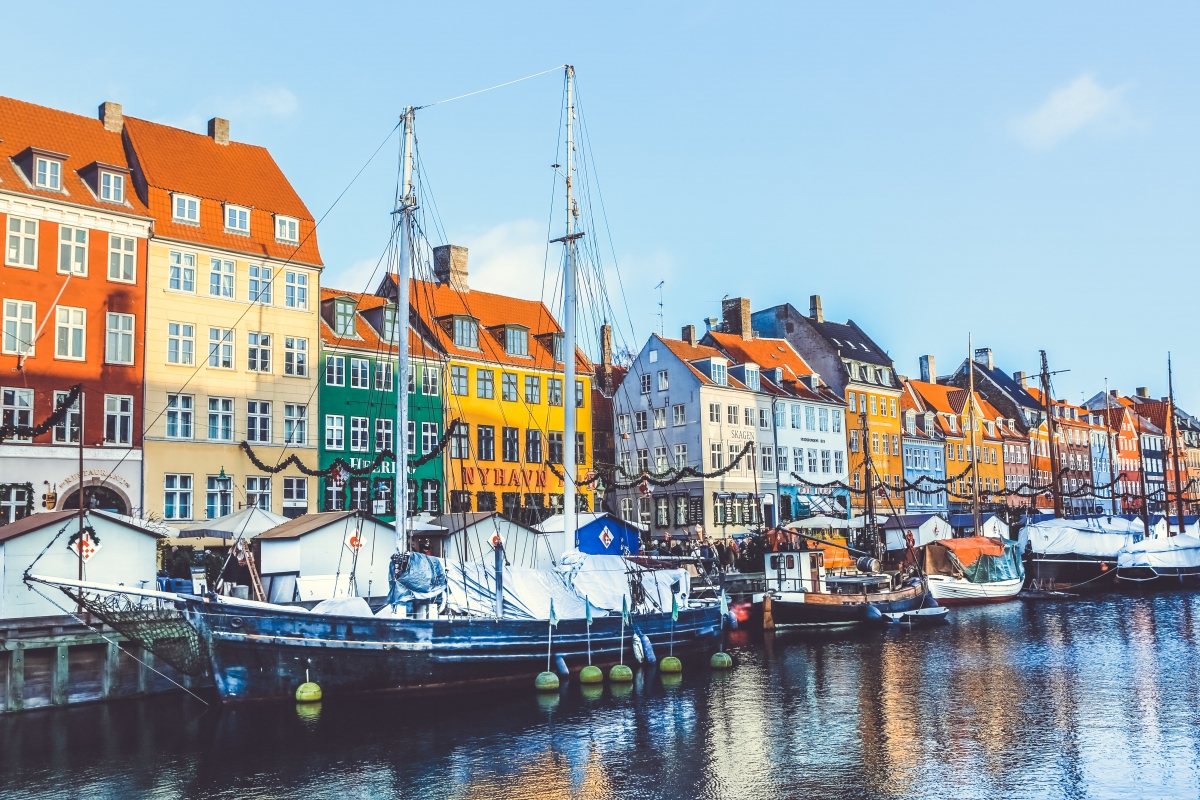
Population: 602,481
Size: 212.5 mi²
Copenhagen has been named the world's smartest city by Future Today Institute. They had the world's first integrated city data exchange and aim to become the first carbon-neutral capital by 2025. 6
Projects
Projects are centered around a few main themes: 7
- People and Flows
- knowledge of how citizens and visitors use the city with a focus on movement patterns and needs
- Digital Services
- Accessibility of city services via digital solutions
- Communication infrastructure such as WiFi and information screens in the urban space
- Services that guide people & provide info on accessibility and more.
- Accessibility of city services via digital solutions
- Data-Driven Operation and Supervision
- Digital tools and data to support workflows in the city and make them more efficient
- Improve the capture of rats above the earth’s surface.
- Finding new solutions to improve roads & signage
- Digital tools and data to support workflows in the city and make them more efficient
- Environment and Climate change
- Data on the city's environment and climate
- Using technology to collect vast amounts of environmental data. Will help see trends and dictate which (if any) programs and initiatives are having an impact.
- Data on the city's environment and climate
- Air quality
- Use of air quality data to create smart urban solutions that reduce pollution
- Collection of citywide data sets in collaboration with Google, University Of Utrecht, and Aarhus University (Danish Center for Environment).
- Use of air quality data to create smart urban solutions that reduce pollution
Dubai, United Arab Emirates
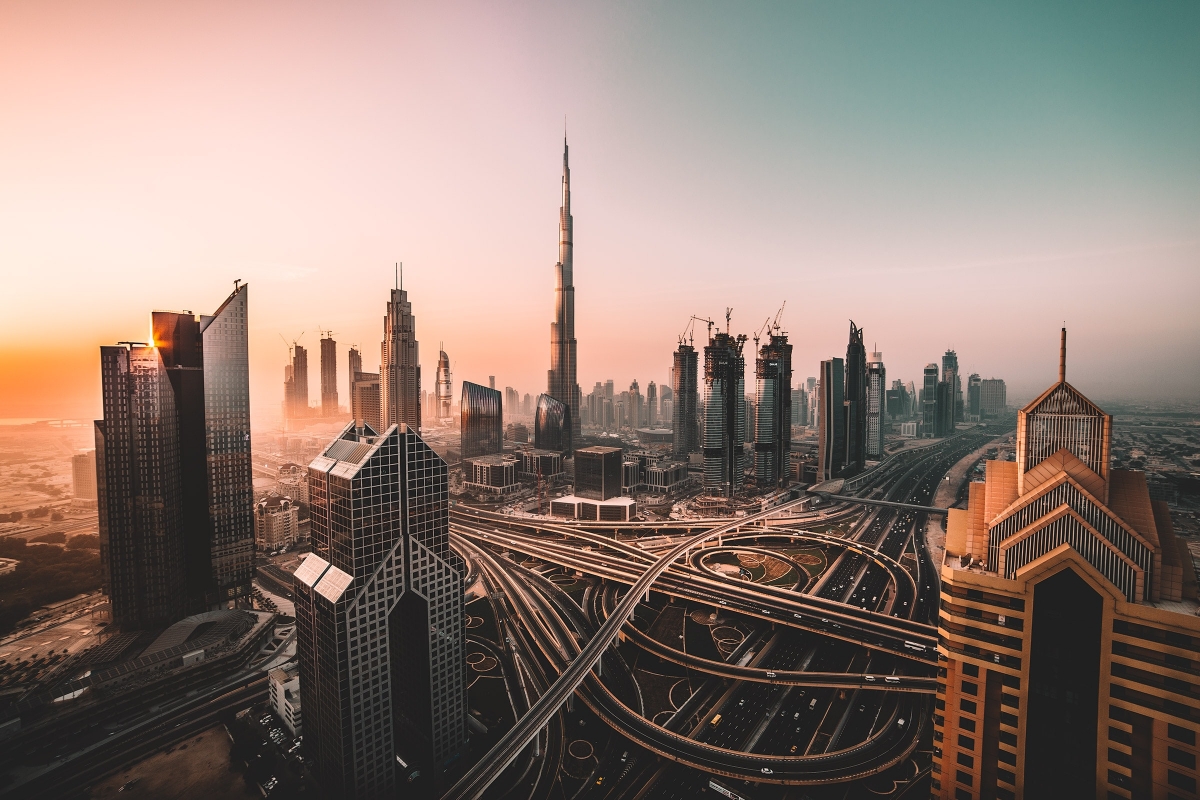
Population: 3.137 million
Size: 1,588 mi²
Dubai has launched “over 100 smart initiatives and more than 1000 smart services by two dozen government departments and private sector partners in less than three years.” 8 The city has launched a project called Smart Dubai 2021, in which they have an aggressive agenda they want to complete by 2021. The goal is to create “an efficient, seamless, safe and personalised city, by delivering services and initiatives across 6 strategic themes that will contribute to enhanced services and experiences in all city dimensions.”
Projects
- Smart liveable & resilient city
- Achieve full ICT enablement of critical infrastructure and resources to boost efficiency, availability, and resilience.
- Enhance the Emirate’s resilience through collaborative, connected planning, awareness building, and capacity development, fostering readiness at the individual, community, society, and Emirate levels.
- Nurture commitment and collaboration among various stakeholders in the Emirate to deliver an integrated, smart, and sustainable urban experience.
- Improve city connectedness to simplify living.
- A globally competitive economy powered by disruptive technologies
- Globally competitive economy, leveraging ICT innovations as a means to digitally transform strategic economic sectors and pioneer new rules of economic development and engagement.
- Embarking on the transition towards a circular economy that fosters reuse and sharing of economic assets and resources.
- Vibrant entrepreneurship and innovation ecosystem fueled by productive R&D investments, emerging technologies, open and shared data, and enriching collaborations, aiming to boost patents granted in the Emirate.
- Inspired, skilled, innovative and highly productive workforce reinforcing Dubai’s position as the smartest city of the future.
- An interconnected society with easily accessible social services
- Touching the lives of individuals in the Emirate—resident or visitor, through digitizing and simplifying access to and use of services in daily living; making life easier.
- Improving individuals’ quality of life by embracing technology to streamline social, cultural, education, and healthcare experiences in the Emirate
- Facilitating inclusive and effective participation of city stakeholders to engage them in designing city experiences.
- Smooth transport, driven by autonomous & shared mobility solutions
- Pioneer smart innovative mobility solutions for a seamless and safe transportation experience in the Emirate.
- Enhance city mobility by harnessing autonomous transportation technologies for increased productivity, efficiency and reduced traffic congestion.
- Boost the use of public and shared transportation means to reduce time spent commuting, helping residents and visitors reach their destinations safer, faster, and happier.
- Clean environment enabled by cutting-edge ICT innovations
- Leverage ICT to ensure sustainability and quality of the Emirate’s resources (water, air, energy, and land) for residents and visitors.
- Deploy leading-edge, ICT powered demand and supply side strategies to improve resource efficiency and conserve consumption.
- Digitally transform utilities, manufacturing, transportation, and waste treatment sectors to reduce the Emirate’s Carbon footprint for a cleaner, healthier environment.
- Digital, lean connected government
- A Government with Zero visits—eliminates the need to commute to and physically interact with the Government by providing 100% of eligible public services through digital channels and targeting full digital adoption.
- Paperless, cashless Government, driven by cutting-edge, disruptive technologies, defining the Government of the future now.
- Delivering optimized experiences by connecting public services that target residents’ and visitors’ critical needs and major life events… saving time and simplifying life.
- A Government powered by world-class city-wide shared services and infrastructure that drive significant efficiencies for the Emirate.
Dublin, Ireland
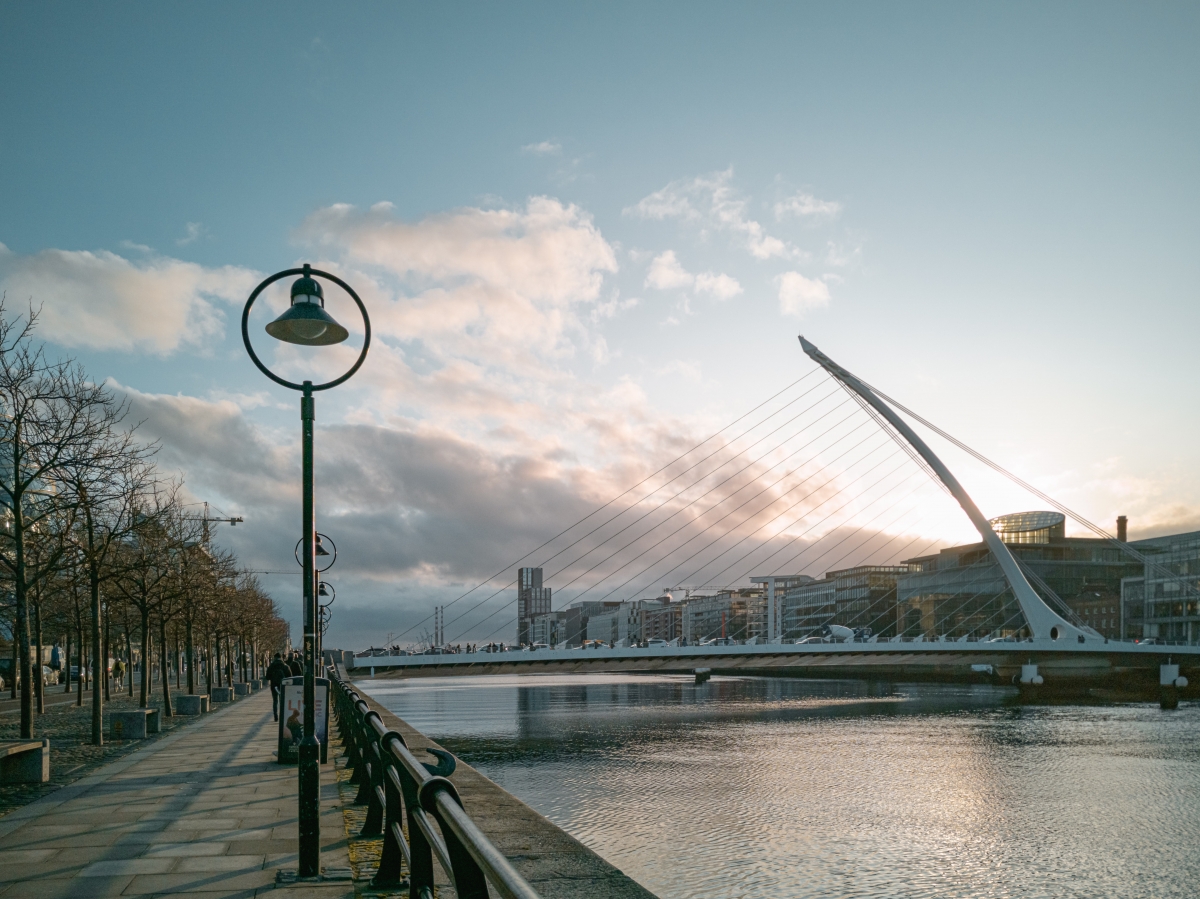
Population: 1.361 million
Size: 44.4 mi²
“Smart Dublin is an initiative of the four Dublin local authorities to engage with smart technology providers, researchers and citizens to solve city challenges and improve city life.” The goal is to “position Dublin as a world leader in the development of new urban solutions, using an open data approach, and using the city as a testbed for innovation.” 9
Projects
- Real time passenger information (RTPI) for Dublin’s public transport system
- information now available on signage and also as a real-time data feed to your smartphone.
- Advanced technology helps keep traffic flowing smoothly across the city (CCTV monitoring, intelligent transport systems, adaptive traffic signaling, etc.)
- Converted Croke Park to a Carbon Neutral Stadium and use different IoT to test innovative solutions.
- Smart bins have been installed, which collect and compact waste with real-time monitoring, as well as have sensors for environmental and foot traffic monitoring.
- Sensors are used to more accurately measure and monitor rainfall, river levels, and other weather patterns.
- Open-source data
- Sound monitoring sensors for noise levels
Madrid, Spain

Population: 6.55 million
Size: 233.3 mi²
Partnered with IBM to launch the Madrid Smarter Cities project. The project “takes advantage of Big Data and analytics in order to transform the management model currently in use by municipal service providers, who will be managed and compensated according to their level of service, with the goal of improving the management of public services, such as road maintenance, lighting, irrigation, trees and green spaces, but also the clearing and management of garbage and waste.” 10
Projects
- Madrid’s smart city projects focus on improving sustainability, technology, buildings, energy efficiency, smart mobility, and urban lifestyles.
- Further, Madrid is tackling traffic congestion, pollution, and public services with a “bottom-up” approach, which means they keep citizens at the forefront of all new initiatives and make sure they focus more on why they are gathering data, not necessarily how or how much.
Manchester, UK
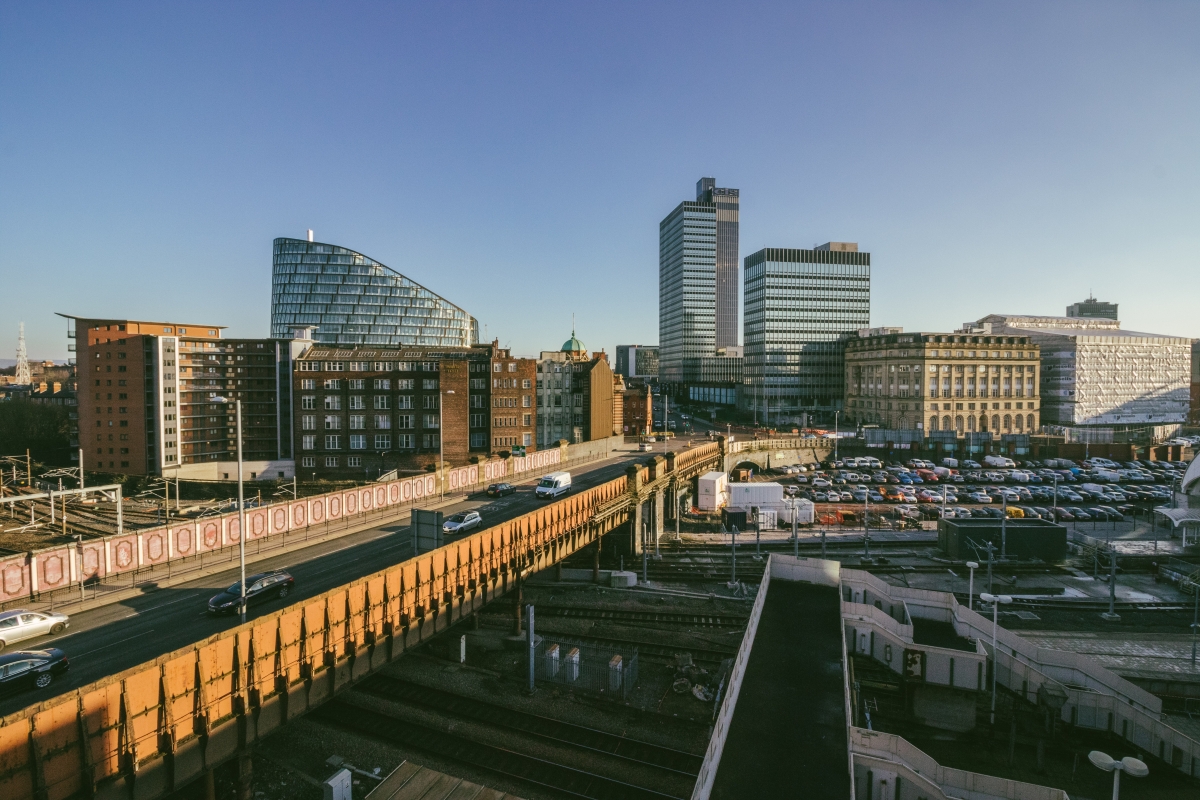
Population: 510,746
Size: 233.3 mi²
Created CityVerve, which “aims to build and deliver a smarter, more connected Manchester, creating a city that uses technology to meet the complex needs of its people.” 11
Projects
- Culture & Public Realm
- Local communities platform
- Social platform for end-user adoption which utilizes city-wide wifi network to enable local content discoveries.
- Community Forums
- Series of workshops which introduce citizens to IoT and let them explore different possibilities. Help inform the next steps of CityVerve in regards to technology that is beneficial to residents and visitors
- Art & Cultural Installations
- Attempt to use art to make IoT projects visible to the citizens.
- Gamification of Citizen Centric Areas
- Using points/rewards to train citizens’ behavior, e.g. free bus ride if you walk half way to work.
- Local communities platform
- Health & Social Care
- Chronic Condition Management
- Using new technology and in-home sensors to help patients learn more about how their behavior/environment affects their conditions. Data is collected to help find future improvements.
- Community Wellness
- Digitally delivered context-aware “nudges” designed to engender behavioural change. Encourage citizens to explore the city vs. just go exercise.
- Neighbourhood Support Teams
- Working to be able to deliver a set of fully connected services to neighbourhood support teams, which will help enhance decision making, support and bring clinical expertise to the virtual bedside of residents.
- Chronic Condition Management
- Energy and the Environment
- Building Retrofit
- Connecting closed systems via sensors and cloud services to provide on-demand response equipment
- Smart Facilities Management
- Automating monitoring systems, manual techniques are replaced with connected devices, taking real-time data readings on pipe temperature which feed into a dashboard for remote access
- Connected devices that constantly monitor occupancy of meeting rooms and hot-desks in buildings, to drive building optimisation, and IoT sensors also monitoring temperature, humidity, noise, light, and air quality
- Air Quality Monitoring
- Collecting real-time data on air quality that will be used to find better solutions long-term.
- Building Retrofit
- Travel & Transport
- Talkative Bus System
- Location-based services, mobile apps - enable location-based content to bus users. Allows them to “check-in” at bus stops for better communication between drivers/riders.
- City Concierge
- City Concierge will bring together the user experience across all transport modes, communications channels and media.
- Road Safety
- Using IoT based telematics devices to implement deployments which can improve the road safety
- Sensing Trams
- Real-time data on the tram network measure occupancy and provide information to citizens and tourists accordingly
- Smart Traffic Monitoring
- Use cameras linked to other IoT to monitor traffic and reduce pollution in the city
- Smart Parking
- Parking availability based on driving routes, drivers will be notified of nearby parking spaces which are close to public transport such as buses and trains. Provide car park owners with insights on usage and predicting car park availability.
- Talkative Bus System
Milton Keynes, UK
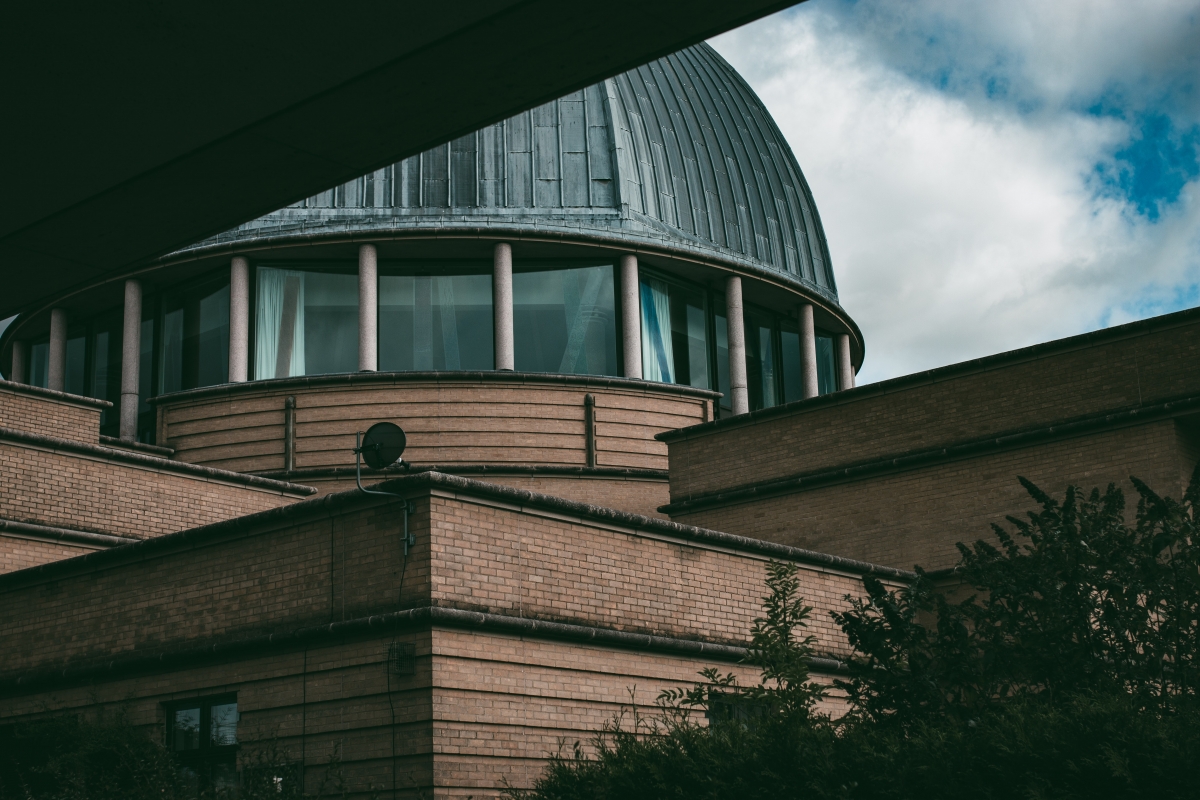
Population: 229,941
Size: 34.36 mi²
"MK:Smart," a collaboration of local government, businesses, academia, and 3rd sector organizations with a focus on making energy use, water use and transportation more sustainable whilst promoting economic growth in the city. Project concluded in June 2017 but led to even more projects and initiatives.
Projects
- Transport
- Electric bikes & buses in the cities
- Citywide travel integration system provides smart guidance to travelers
- MotionMap app - information on how busy an intended destination is and the transport options available
- Energy
- innovative urban energy services that show significant reductions in urban energy consumption and CO2 emissions.
- Homes/individuals use solar panels, battery storage in the home and electric vehicles when/where possible.
- Water
- Water monitor website, helps households better understand water consumption. Enabled leaks to be identified in a fraction of the time.
- Garden Monitor an intelligent app, produces a customized calendar telling the user if and when their garden will require water in the next 7-10 days
- MK Data Hub
- Fosters economic growth by providing a resource for local government, business, and academia who can develop new applications and solutions.
- Enterprise
- Fostered collaboration with local businesses/SMEs to develop solutions and applications
- Citizens
- Had extensive conversations face-to-face with citizens, keeping them at the center of smart city initiatives. Resulted in citizen feedback and 13 citizen-led projects which are creating real change using smart city concepts.
New York City, New York - USA

Population: 8.623 million
Size: 302.6 mi²
“The NYC Mayor’s Office of Technology and Innovation (MOTI) is carrying out ongoing efforts to turn New York into a smart city. These measures aim to conserve resources such as energy and water while reducing the environmental impact of NYC and improving the quality of living for its population.” 12
Projects
- Lighting
- LED retrofitting to replace incandescent lighting systems. Smart controls that can automate lighting are also being installed to save energy.
- Water Metering
- Automated Meter Reading (AMR) system is giving citizens a better look at water use and consumption in order to make them more mindful. The mobile application has leak detection capabilities which have been very successful.
- Greywater recycling and rainwater harvesting.
- Waste Management
- BigBelly smart bins - have wifi enabled sensors to monitor how full the bins are and solar-powered compactors, enabling the bins to hold more waste than normal. Reduces how often the bins need to be emptied (saves fuel) and makes scheduling easier for waste management companies.
- Air Quality
- 75 temporary monitoring stations that are installed for a period of two weeks, and 8 permanent air monitors that report data at 15-minute intervals. Found certain fuel types were worse than others. Sulfur dioxide emissions have been reduced by more than 70%.
San Leandro, California - USA
Population: 90,553
Size: 15.54 mi²
San Leandro is in the process of transforming from an industrial city to a tech hub of IoT. 13 San Leandro, in partnership with PG&E, is developing a smart energy system powered by IoT that will allow the city to redistribute power to multiple energy sources. 14
Projects
-
Lit San Leandro - a fiber-optic network which encircles the city
Santa Cruz, California - USA
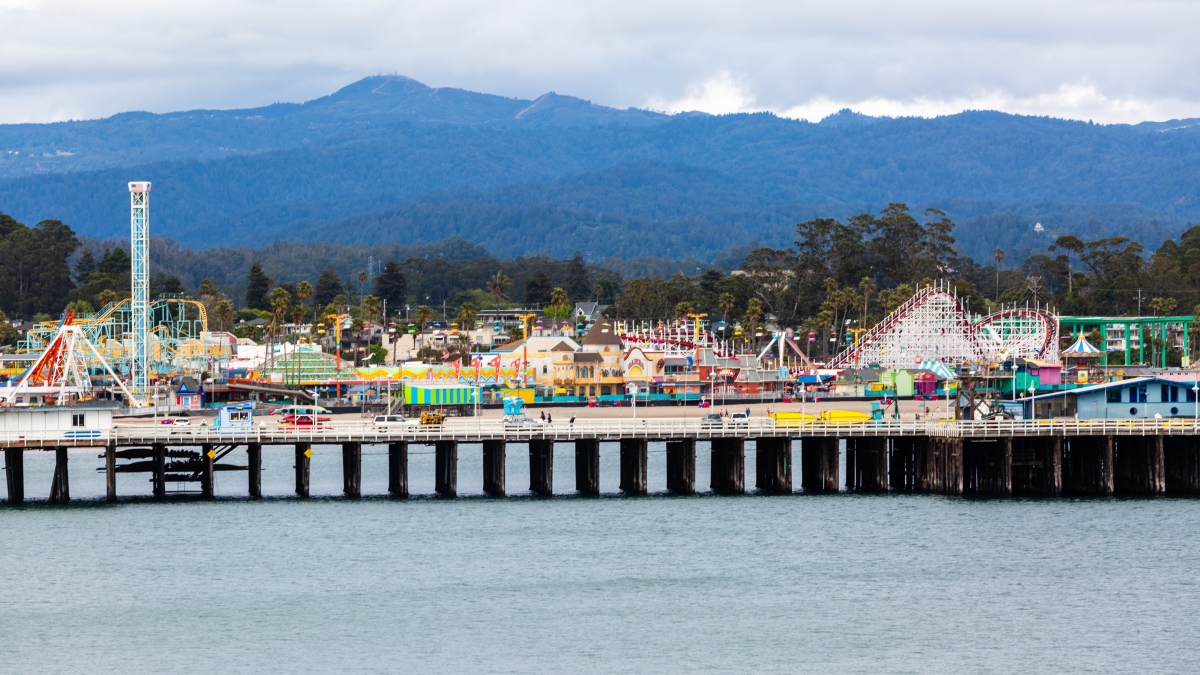
Population: 65,021
Size: 15.83 mi²
Santa Cruz is aiming to become a “more sustainable and economically active city for its people with the use of new, efficient and user-friendly technologies and services in the areas of energy, transport and ICT.” 15
Projects
- PMUS project — includes building a tramline, electric bike hire, two cycling track, and electric vehicles charging services
- Highly energy efficient social building plan
- Municipal efficiency plan - improve public building lighting, traffic lighting, and public lighting as well as other systems
- Using ICT, the city plans to improve public services and develop a connected city platform that is fed data through citywide sensors and IoT
- Predictive policing, using advanced algorithms which analyze home and other burglaries and crime. Predict where/what crime is likely to be the highest on a given day
Shanghai, China
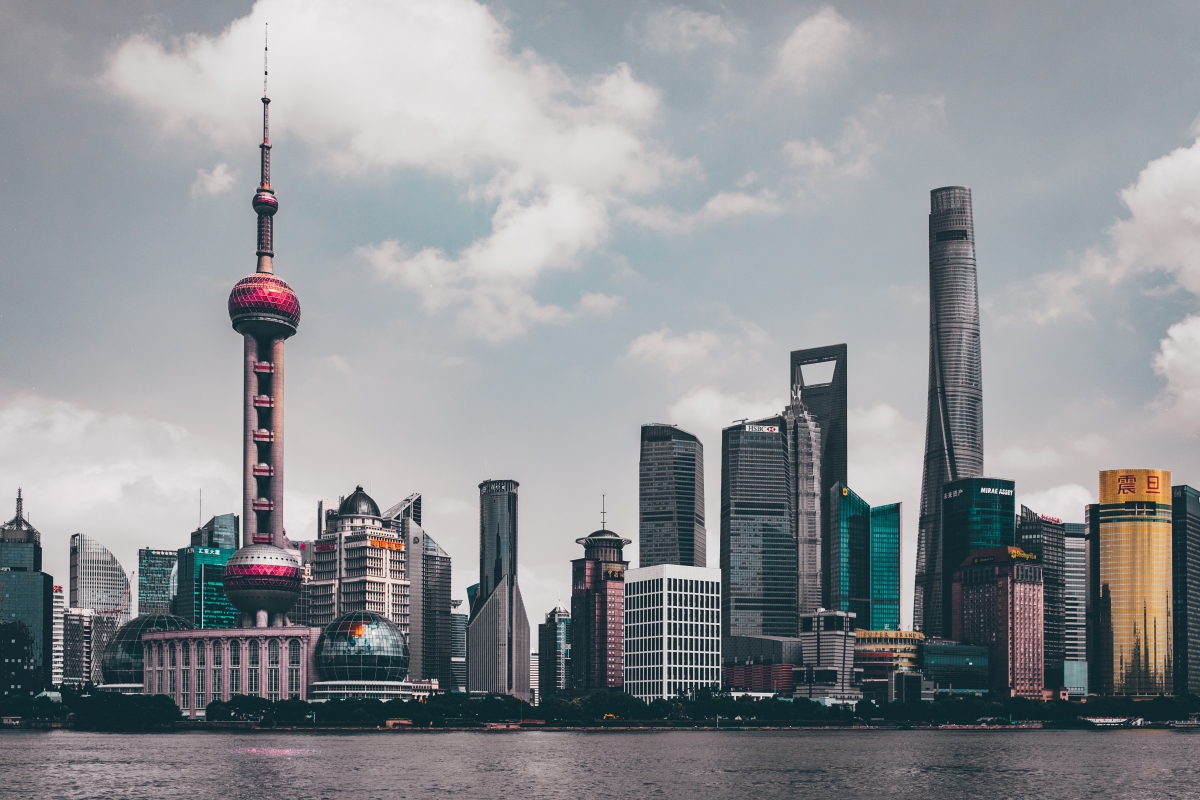
Population: 24.24 million
Size: 2,448 mi²
China as a whole has a history of being at the forefront of technological innovations. “Yangpu – a district in the major Chinese city of Shanghai, has initiated an agreement with the MXC Foundation to drive the creation of an IoT-based Smart City.” 16
Projects
- MXC uses LPWAN to facility IoT capabilities through the use of data collection via citywide sensors
- Due to city connectivity, third party companies have been able to produce a variety of solutions for citizens, including ride-sharing, and wide acceptance of mobile payment/traffic cards in public transportation hubs.
Smart cities in India
Population: 1.269 million mi²
Size: 1.339 billion
The Government of India’s Ministry of Housing and Urban Affairs is overseeing a nationwide initiative to convert many cities to smart cities. 17
Projects
- City improvement (retrofitting)
- “Introduce planning in an existing built-up area to achieve smart city objectives, along with other objectives, to make the existing area more efficient and liveable.”
- City renewal (redevelopment)
- “Replacement of the existing built-up environment and enable co-creation of a new layout with enhanced infrastructure using mixed land use and increased density.”
- City extension (greenfield development)
- “Introduce most of the Smart Solutions in a previously vacant area (more than 250 acres) using innovative planning, plan financing and plan implementation tools (e.g. land pooling/ land reconstitution) with provision for affordable housing, especially for the poor.”
- Full list of projects here: http://smartcities.gov.in/content/innerpage/list-of-projects.php
Singapore
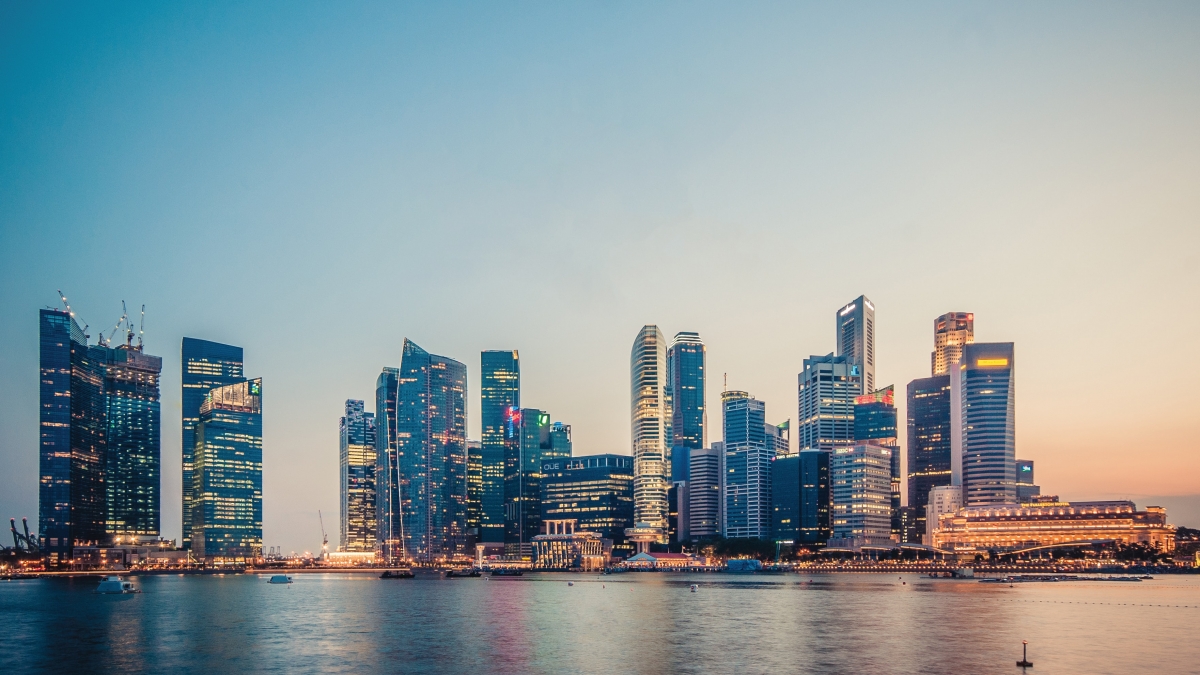
Population: 5.612 million
Size: 278.6 mi²
Singapore has launched The National Artificial Intelligence (AI) Strategy, which spells out how the country will use AI technologies to transform the country and spur new economic and business growth. 18
Projects
- Strategic Nation Initiatives
- Codex
- E-Payments
- Moments of Life Initiative
- National Digital Identity
- Smart Nation Sensor Platform
- Smart Urban Mobility
- Urban Reading
- Automated Meter Reading Trial
- Drones to Survey Dengue Hotspots
- Various Government Apps
- Smart Elderly Alert System
- Smart Towns
- Virtual Singapore (3D modeling platform for planning)
- Transport
- Autonomous Vehicles
- Contactless Fare For Public Transportation Services
- On-Demand Shuttle
- Open data & analytics - sharing public data sets
- Health
- Robotics in Healthcare
- HealthHub - one-stop digital healthcare portal
- Healthy 365 app
- TeleHealth Services
- Digital Government Services
- Business Grants Portal
- HDB Resale hub - makes resale of flats faster and easier
- Moments of life app - for young families and seniors with bundled services
- Parents Gateway - for parents and teachers
- OpenCerts - eliminates the need for physical certificates
- Startups and Businesses
- CorpPass - online login for government/business transactions
- Data Innovation Program Office - manages the sharing of public data
- FinTech Sandbox - “A national trade information management platform that provides the foundation for Singapore to be the world’s leading trade, supply chain and trade financing hub.”
Stockholm, Sweden
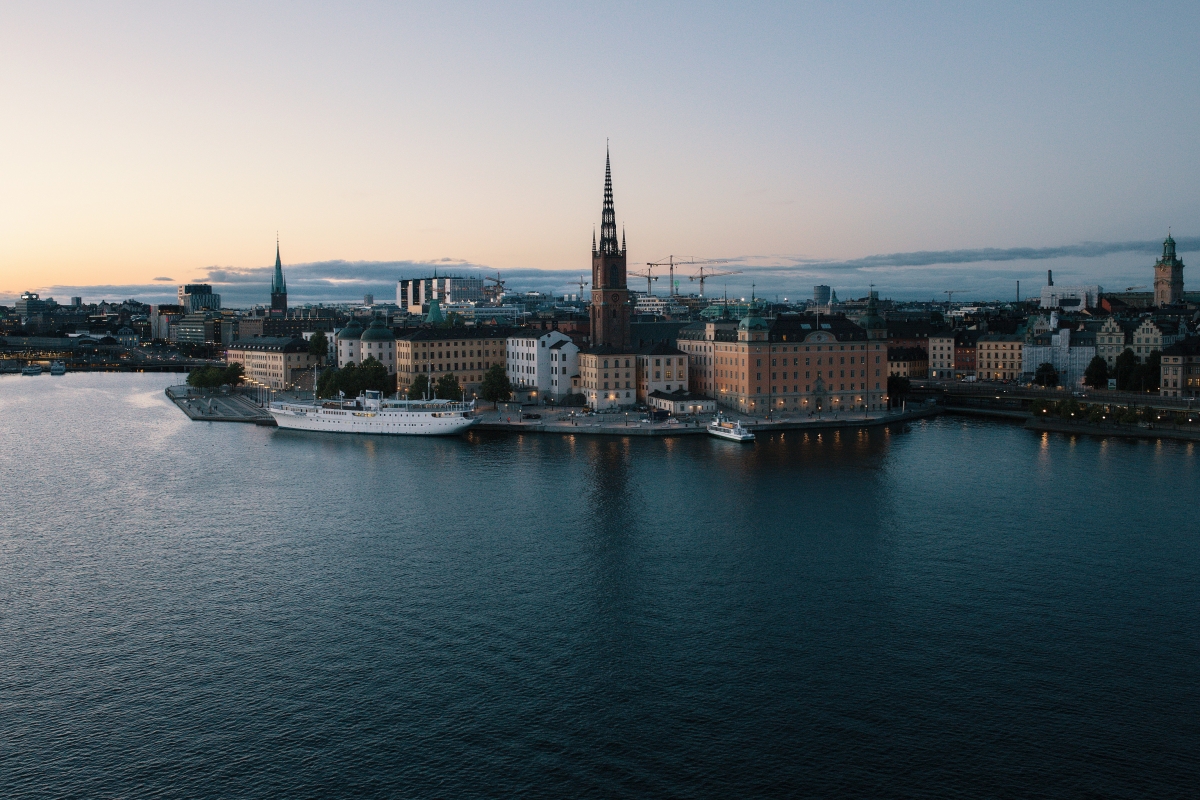
Population: 965,232
Size: 72.59 mi²
With sustainability at the heart of their smart city initiative, Stockholm aims to be carbon neutral and the smartest city in the world by 2040. Stockholm became the first European Green Capital in 2010 and has continued to make strides since then. 19
Projects
- Stokab Dark Fibre System
- Provides fibre optic network across Stockholm. Developed in 1994. Enables companies to lease services on the same terms as service providers would.
- Energy-efficient buildings
- Traffic Monitoring
- Development of e-services
- Stockholm.se is an online portal with many resources for Stockholm residents. 20
Taipei, Taiwan
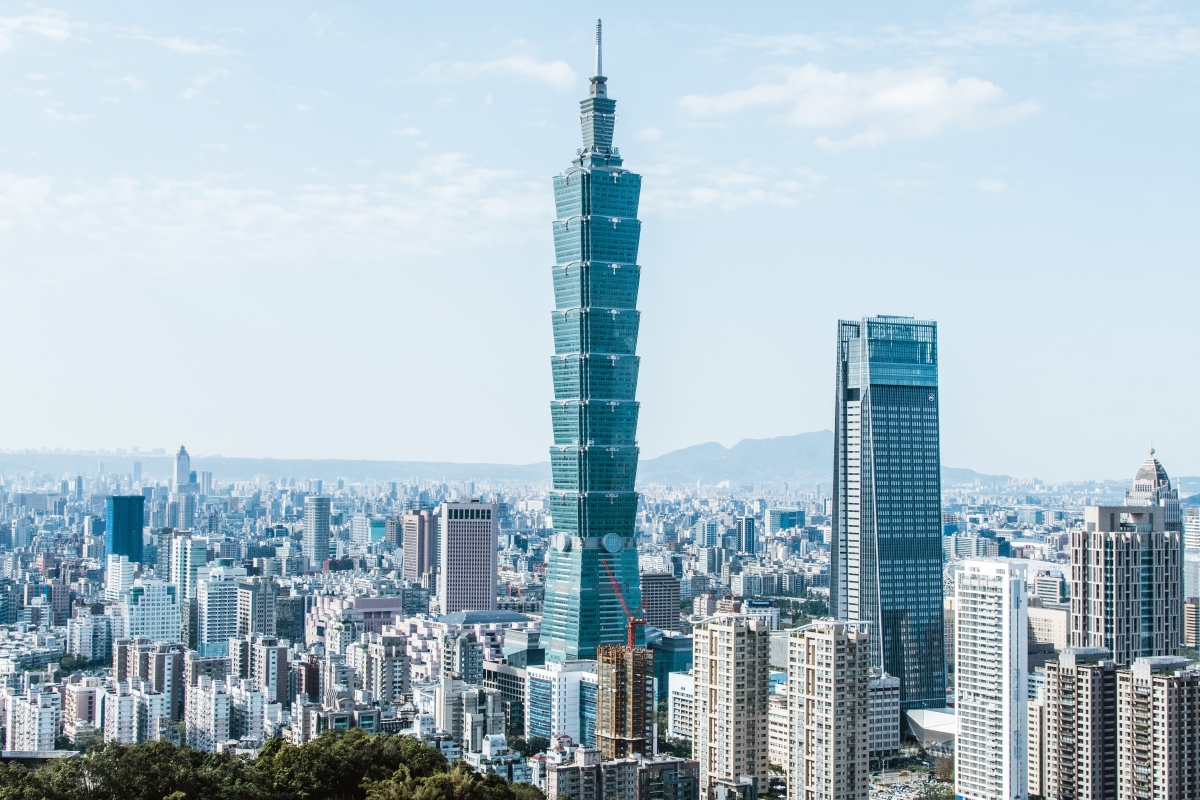
Population: 2.674 million
Size: 104.9 mi²
The Taipei City Information Bureau launched Smart Taipei in 2016. The goal is “to assist innovative industries, strengthen public-private partnerships and change government culture.” 21
Projects
- Smart Transportation
- Held a successful self-driving test in August 2017. Since then, they have opened the first self-driving test site in the Shilin Beitou Science and Technology Park, which provides car networking, testing of technologies related to autonomous driving and infrastructure intelligence. 22
- Offer transportation-sharing options, such as YouBike, U-Motor, and soon U-Car as options for citizens.
- Improving the safety and convenience of current railway stations/public transportation. Using an app, they offer information on emergency escapes, smart parking, and sightseeing information.
- Bus shelters are fixed with solar panels, which provide screens showing the time, weather, bus dynamic information, and other services. They also have USB charging outlets and free wifi.
- Use an app for street parking payments and other info. Supported by other services that make payments and fines easier and more efficient.
- Smart Public Housing
- Planning to build 12,000 smart public housing units in the future. Will include better water, electric, and gas metering.
- smart libraries, smart offices, and smart shops.
- Smart Health Care
- Personal Health Record (PHR)
- Community Care Integration Platform, CCIP)
- Vendor collaboration through IT
- Senior care - anti-fall Detection system, emergency notification system, and accompanying robot care.
- National health insurance systems
- Sports center intelligence - allows people to rent facilities or participate in recreational sports and activities. Using individual health data, people can get training courses and sports recommendations that are more in line with their needs.
- Smart Education
- Self-Building Demonstration Center focuses on DIY experimentation
- Self-lead education systems which emphasize experiential learning to help students become more creative with hands-on problem-solving.
- Taipei Cool Lesson Cloud
- A cloud-based education system with online resources to learn independently and borrow notes and other materials. Reaches more students regardless of location.
- Use AI and other devices to monitor campuses for security threats.
- Smart Payments
- Pay.taipei
- Smart Payment Integration Platform System, centralized payment processing for municipal purposes. Allows citizens to conveniently make payments for various government services
- Multi-function electronic/virtual ticket
- Used for public transportation services. Has an associated app where users can check payment records and other data.
Sources:
- 1 "8 Years On, Amsterdam is Still Leading the Way as a Smart City." 7 Sep. 2017, https://towardsdatascience.com/8-years-on-amsterdam-is-still-leading-the....
- 2 "Amsterdam Smart City." https://amsterdamsmartcity.com/.
- 3 "Lahore On Track to Become Pakistan's First Smart City." 26 Oct. 2018, https://propakistani.pk/2018/10/26/lahore-on-track-to-become-pakistans-f....
- 4 "Lahore On Track to Become Pakistan's First Smart City." 26 Oct. 2018, https://propakistani.pk/2018/10/26/lahore-on-track-to-become-pakistans-f....
- 5 Barcelona Smart City: most remarkable Example of ... - Zigurat." 7 Feb. 2019, https://www.e-zigurat.com/blog/en/smart-city-barcelona-experience/.
- 6 "Smart city Copenhagen - a living lab - Copenhagen Capacity." https://www.copcap.com/set-up-a-business/key-sectors/smart-city.
- 7 "Smart City Temaer | Copenhagen Solutions Lab." 5 Jan. 2018, https://cphsolutionslab.dk/what-we-do/themes.
- 8 "Smart Dubai 2021." https://2021.smartdubai.ae/.
- 9 "Dublin: a smart city? | Eolas Magazine." https://www.eolasmagazine.ie/dublin-smart-city/.
- 10 "Madrid, Spain Launches IBM Smarter Cities Project | Smart ...." https://www.smartcitiesdive.com/ex/sustainablecitiescollective/madrid-sp....
- 11 "What Is CityVerve | Manchester Smart City." https://cityverve.org.uk/what-is-cityverve/.
- 12 "How New York is Becoming a Smart City - New York Engineers." https://www.ny-engineers.com/blog/how-new-york-is-becoming-a-smart-city.
- 13 "Smart city - Wikipedia." https://en.wikipedia.org/wiki/Smart_city.
- 14 "EEI's new board chairman cites smart-city opportunities as ...." 12 Jun. 2017, https://dailyenergyinsider.com/featured/5732-eeis-new-board-chairman-cit....
- 15 "SANTA CRUZ DE TENERIFE, SPAIN | Iris Smart Cities." https://irissmartcities.eu/content/santa-cruz-de-tenerife-spain.
- 16 Shanghai Launches Smart City Program with MXC Blockchain ...." 21 Mar. 2019, https://www.newsbtc.com/2019/03/21/shanghai-launches-smart-city-program-....
- 17 "Strategy :: SMART CITIES MISSION, Government of India." http://smartcities.gov.in/content/innerpage/strategy.php.
- 18 "National Artificial Intelligence Strategy - Smart Nation Singapore." 12 Nov. 2019, https://www.smartnation.sg/why-Smart-Nation/NationalAIStrategy.
- 19 "How Stockholm is leading the way for smart cities - Raconteur." 13 Jun. 2019, https://www.raconteur.net/technology/stockholm-smart-cities.
- 20 "e-Stockholm - The City of Stockholm's strategy for e-services ...." https://international.stockholm.se/globalassets/ovriga-bilder-och-filer/....
- 21 "臺北智慧城市專案辦公室介紹簡報 - Taipei Smart City 臺北智慧 ...." https://smartcity.taipei/posts/27?locale=zh-TW.
- 22 "手冊下載 - Taipei Smart City 臺北智慧城市." https://smartcity.taipei/docs/zh/Brochure.pdf.

